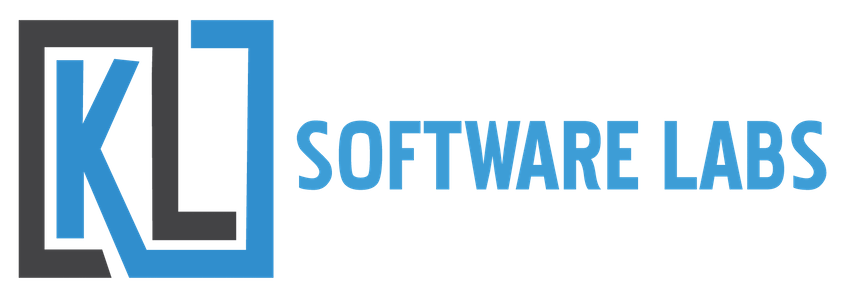A 9 steps talent acquisition process
A 9 steps talent acquisition process
Talent Acquisition (TA) is the method of identifying and gathers skilled human labor for organizational needs and meeting any labor requirement. TA generally refers to the talent acquisition department or team within the Human Resources department. This is a more scientific approach to talent acquisition. We will discuss deeper into the operational aspect of the talent acquisition process.
Steps involved in The Talent Acquisition (TA) process:
1. Organizational requirement scanning: The organizational requirement scanning is the foundation of your recruitment strategy and selection choices. Here you take the organization’s mission, vision, goals, and values and translate them into several core competencies and values. These help to determine the profile that you are looking for and influence your selection criteria to determine the fit between the person and the organization and job. This needs analysis, also referred to as a skill-gap analysis may already be done and be part of standard HR policies.
2. Consent of the job requisition: This is the starting point of the recruitment process. If there is a need in the organization, a job requisition is a formal procedure to request a hire. The job requisition often comes in the form of a document explaining:
- Why the position is needed
- Whether it is a new or existing position
- Department name
- Department name
- Hiring manager
- Job duties
- Pay and budget
- Start date
- Whether the assignment is permanent or temporary
- Whether the position is full-time or part-time
With this information, the job requisition can be formally approved by the direct manager and the relevant director or VP.
3. Job Analysis & Requirement: The next step is arguably the most important in the talent acquisition process: the vacancy intake. In the vacancy intake, a job analysis is conducted to collect all the relevant information to make a good hire. This includes:
The job description, including all required skills, competencies, and daily activities for the job
The person specification, which is a description of the qualifications, skills, experience, knowledge, and other selection criteria for a candidate. This includes the must-haves and the nice-to-haves. The competency framework, which lists the required minimum and required competencies for the job. These help in creating the person specification and are the bases on which the direct manager can do performance appraisal.
The difficulty of the vacancy intake is that a proper intake takes time and may delay the recruiting timeline. This makes it an undervalued step. A great vacancy intake determines the selection method.
4. Defining selection standards & procedures: Based on the vacancy intake, the selection criteria and method are determined. There are many possible selection methods, including a general mental ability (GMA) test, work sample, structured or unstructured interviews, and so on. The table below shows the most common selection methods with their corresponding predictive validity for overall job performance.
Different functions justify different selection methods. For example, for a CFO position, a high-profile candidate may be headhunted and selection may happen through several unstructured interviews and extensive reference checking and job knowledge testing to see if there is a fit. However, for a junior accountant, a much more standardized process may suffice, involving a GMA test, highly structured interviews, and work sample tests.
The return on investment (ROI) of selection can be calculated through a utility analysis. This helps to determine the best possible selection measures.
5. Finding and engage suitable candidates: Next, the candidate search happens. This process is the most important and observable part of the talent acquisition process. In general, candidates can be divided into active and passive. Active candidates are actively searching for jobs and may check your careers page often while passive candidates are not. They need more of a targeted trigger to become actively interested in your job so different methods may be used to attract these different groups. For instance, if you are looking for a starter position, you may have more success recruiting through campus recruiting and leveraging the advertisement functionality of channels like Instagram or TikTok. At the same time, a senior and experienced candidate who is usually quite a bit older is more likely to be on Facebook or LinkedIn.
6. Manager choosing procedures: Once the candidate applied, selection methods are administered. These include pre-selection, the traditional interviews, but also background and credit checks, and more.
7. Recruitment Decision Making: Once a candidate is selected, an offer is made. This stage may involve some back-and-forth negotiation before the offer is accepted. The major criteria for this phase are the offer acceptance rate, a well-known recruitment metric, which is the percentage of offers that are accepted, divided by the total number of offers made.
8. Induction: Next process in the talent acquisition process is the actual Induction. A better process implemented is a 30-60-90 day plan for candidates. This can be defined based on the vacancy intake and is helpful in two ways. First, it helps the manager to clearly express their expectations. Second, it makes it clear to the candidate what is expected of them, structuring their on-boarding process. Oftentimes, these expectations are unclear to both the manager and the candidate.
9. Assessment & Feedback: The final stage of the talent acquisition process is the evaluation. Here the candidate is asked if the job and organization match their expectations. This offers a great opportunity to check back in with the candidate. Mismatched expectations should be addressed, both with the candidate but also when it happens more often in a structured way. It could be that communication is unclear, or things are promised by recruiters that managers are unaware of.
Conclusion:
If You have any queries you can drop your questions below,
we will be happy to solve your problems.
Thanks for reading…!!!
KL SoftwareLabs
https://www.klsoftwarelabs.com/

